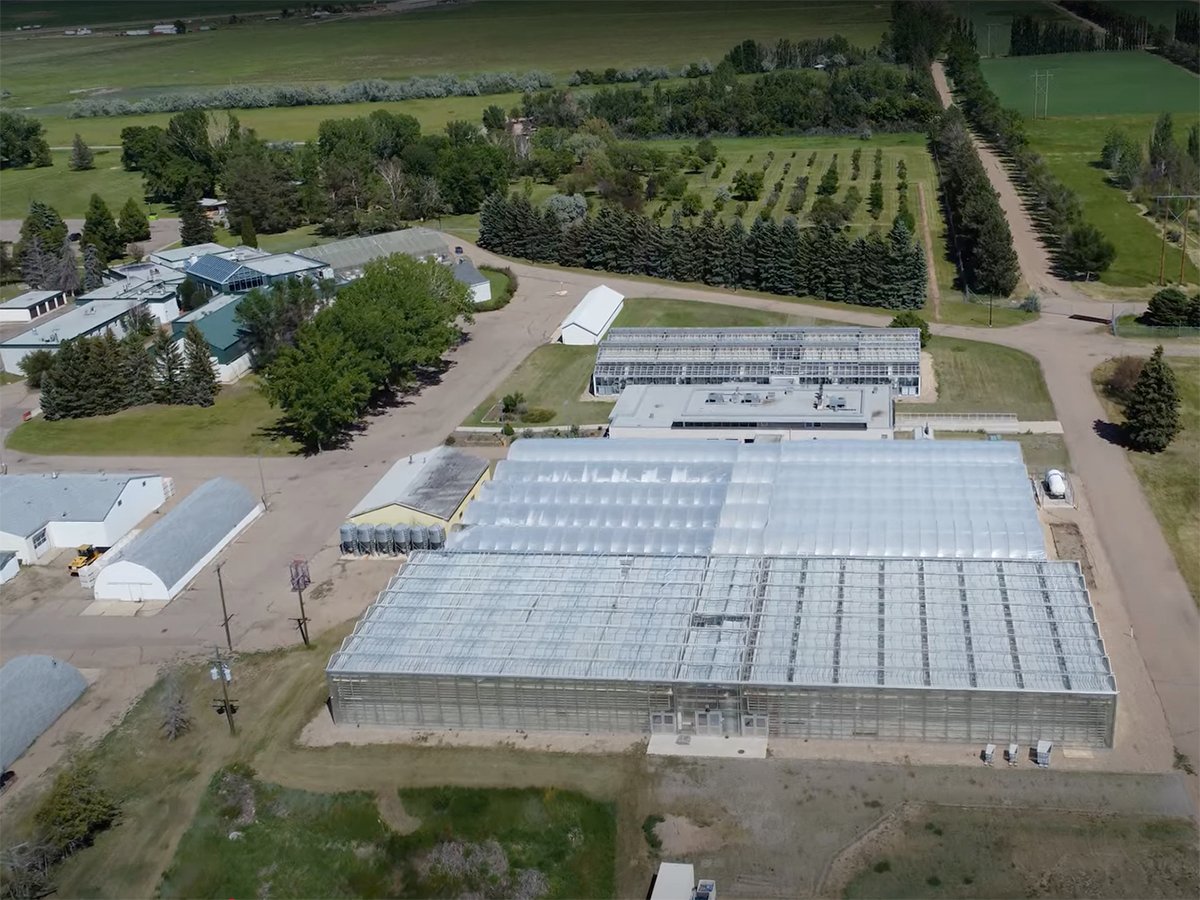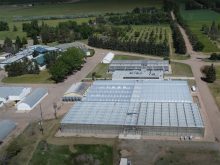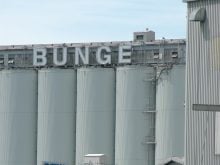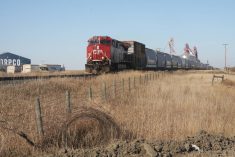TORONTO – New Canadian animal welfare requirements are expected in slaughter plants by 2013.
Other countries already have detailed regulations and some have made higher animal welfare standards a condition to market access, said Martin Appelt, national manager of policy development within the Canadian Food Inspection Agency.
The new standards will be consolidated into a single chapter of the Meat Hygiene Manual of Procedures.
“Chapter 12 is going to be the collaborative effort to address humane slaughter on a wider level across Canada. It does not replace the code of practice but it fills in some gaps,” Appelt said at a Canadian Meat Council symposium on animal welfare and transportation Sept. 30 in Toronto.
Read Also

Alberta crop diversification centres receive funding
$5.2 million of provincial funding pumped into crop diversity research centres
“Chapter 12 is filling a void because we don’t have a federal humane slaughter code of practice,” he said.
The chapter will include specific information on practices like stunning and the use of firearms to kill animals.
“Don’t expect anything that we put out to be the gold standard for everything. For animal welfare, there is a lot of room for improvement,” he said.
The CFIA attempts to design policy according to scientific evidence but consumers can demand change when they see violations of food safety standards or video of animals being mistreated.
“The general public is not really interested in the details. They don’t really understand livestock. They don’t really understand farming,” Appelt said.
“They are satisfied to know somebody is taking care of it.”
With a new set of guidelines and written records, some of the cruelty charges can be better addressed.
“When bad things happen, it is good to have written proof you put your money where your mouth is,” he said.
The plan is to pilot Chapter 12 in four plants for about three to four months. The first pilot starts December 2010 in horse slaughter facilities because there are fewer plants handling a smaller volume of animals.
Following the pilot, officials will assess where amendments are needed before a full program is rolled out for all the species.
CFIA realizes horse slaughter has morphed into a major animal welfare issue.
“You should be watching that very carefully. The arguments they put forward have a lot of implications for other livestock industries as well,” Appelt said.















